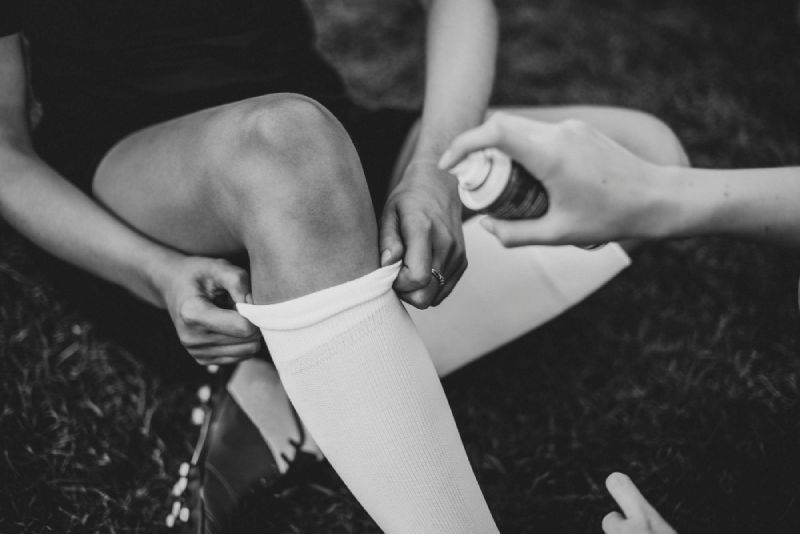
Introduction
In the UK, sports injuries are commonly encountered in both amateur and professional athletes. A range of professionals, from general practitioners to sports medicine specialists, are involved in the diagnosis and treatment of these injuries. The management of sports injuries is comprehensive, including initial first aid, conservative treatment, and in some cases, surgical intervention.
What Injuries Do Doctors Treat?
Doctors in the UK treat a myriad of sports injuries, including but not limited to:
- Sprains and Strains: Injuries to ligaments (sprains) or muscle fibres and tendons (strains).
- Fractures: Breaks or cracks in the bones.
- Dislocations: Injuries that force the ends of bones out of their normal positions.
- Overuse Injuries: Injuries resulting from repetitive trauma or strain on a specific body part, such as runner’s knee or tennis elbow.
How Do You Deal with Severe Injuries?
Severe injuries like fractures, dislocations, and significant soft tissue injuries need immediate medical attention. A combination of pain management, immobilisation, potential surgical intervention, and subsequent rehabilitation form the core of severe sports injury treatment.
What Is Surgical Treatment for Sports Injuries?
Certain sports injuries may require surgical treatment, often when non-surgical treatments fail to alleviate symptoms or when the injury is severe. Common sports injuries requiring surgery include torn ligaments (such as the anterior cruciate ligament or ACL), severe fractures, and recurrent dislocations. The goal of surgical intervention is to restore the normal function and stability of the injured area, thereby allowing the individual to resume their sporting activity.
When Should You See a Doctor for a Sports Injury?
While minor sports injuries can often be managed at home with rest, ice, compression, and elevation (RICE), you should seek medical attention if you experience:
- Severe pain or swelling.
- Inability to place weight on the injured area.
- Significant loss of movement or strength.
- Persistent pain or discomfort even after 48 hours of home treatment.
In the UK, your first point of contact would typically be your GP, who might then refer you to a physiotherapist or a specialist depending on the nature and severity of your injury.
What Is the First Aid for Sports Injuries?
The initial management of a sports injury can greatly influence the injury’s progression. In the UK, the universally accepted approach is the RICE method:
- Rest: Minimise movement to prevent further injury.
- Ice: Apply a cold pack to the injured area to reduce swelling.
- Compression: Apply a bandage to limit swelling and provide support.
- Elevation: Elevate the injured area to help reduce swelling.
What Are the Basic Steps in Treating the Injuries?
The basic steps in treating sports injuries typically include:
- Evaluation and Diagnosis: This involves understanding the injury mechanism, physical examination, and potentially diagnostic tests like X-rays or MRI.
- Initial Treatment: This may involve first aid, pain management, and immobilisation to prevent further damage.
- Rehabilitation: Once the acute phase has passed, a rehab programme is designed to restore strength, flexibility, and function.
- Prevention: This includes education on proper techniques, conditioning exercises, and use of appropriate equipment to prevent future injuries.
Conclusion
Treating sports injuries in the UK involves a combination of initial first aid, proper medical evaluation, conservative or surgical management, and comprehensive rehabilitation. It is important to seek professional medical advice when injured to ensure an accurate diagnosis and appropriate treatment plan. Prompt and effective management is key in preventing long-term damage and ensuring a safe return to sports.
Article by Dr. Naveen Bhadauria



